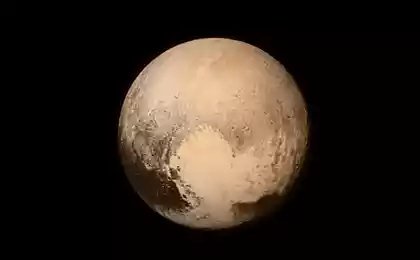509
10 places that may soon disappear
Global warming, deforestation, pollution... it All contributes to the fact that very soon we may lose the most beautiful places on our planet.
Easter Island
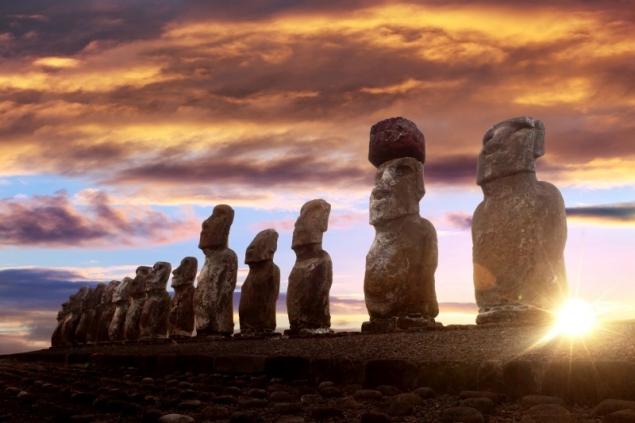
Easter island today is experiencing difficulties in providing basic needs such as water and electricity. This is due to the great influx of tourists. Uncontrolled roaming the island, they leave behind mountains of rubbish, accidentally (sometimes intentionally) cause damage to stone statues of the moai and the fragile ecology of the island. The locals all this is very not like, so they struggle to effectively limit the number of visitors.
The Glaciers Of Antarctica
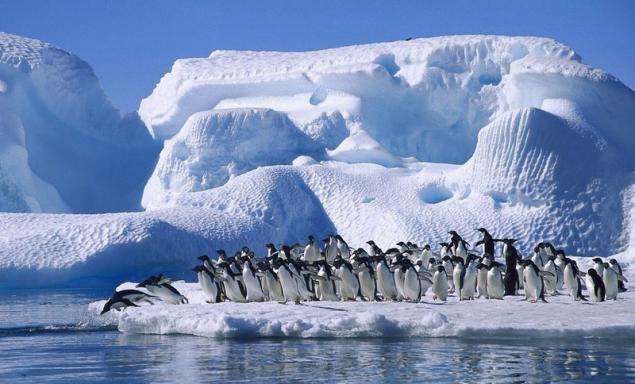
Antarctic glaciers are melting at a catastrophic speed. They are melting ten times faster than in the middle Ages. To minimize the impact on nature and to somehow reduce the speed of melting, reducing the amount of greenhouse gas emissions and introduced stringent limitations on cruises. After a couple years they will be prohibited altogether.
Machu Picchu
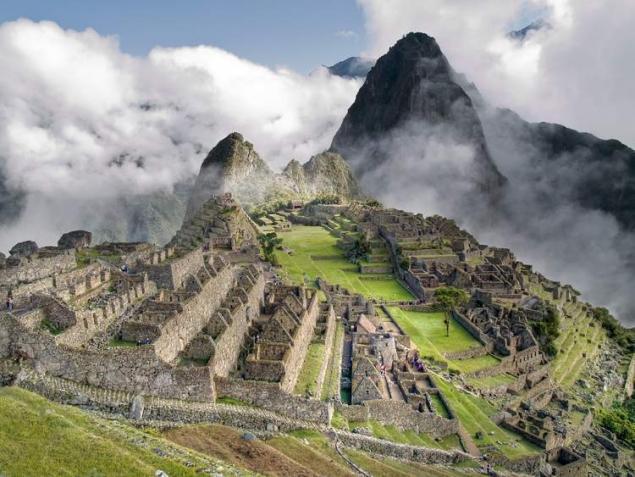
To save Machu Picchu a few years ago UNESCO set a limit of visits, which currently amounts to 2,500 tourists a day. But the Peruvian researchers, the figure is not satisfied, and they are seeking to significantly cut the number of visitors.
Kilimanjaro

Mount Kilimanjaro, the highest point in Africa, covered with a white cap of snow. But over the last hundred years, 85% of the snow cover has melted, and precipitation have no time to offset the amount. In this regard, the forecasts are not very comforting — for 20 years the snows of Kilimanjaro melt and the mountain will lose its original appearance.
The great barrier reef

The increasing flow of tourists, bursts of populations of the sea star "crown of thorns" that feed on coral polyps, tropical storms, global warming... All this causes Great barrier reef irreparable damage. Due to the increase in water acidity and temperature is a unique reef system collapses. Scientists suggest that by the year 2100, he can completely disappear from the face of the Earth.
Vieques and Culebra

Islands of Vieques and Culebra was used by the USAF for training bombings, resulting in severely affected their flora and fauna. When the bombing stopped, and the already fragile ecology has begun to erode the mass tourism. Established on the Islands unique ecosystem is under threat of extinction.
Taj Mahal
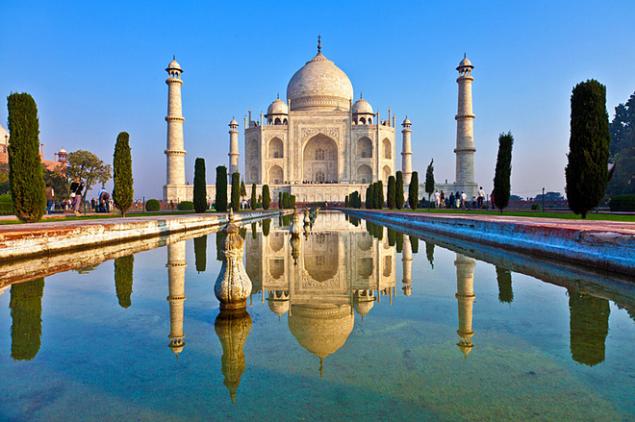
Every year the mausoleum-mosque Taj Mahal takes from 3 to 5 million visitors. But in the next five years, at the request of UNESCO monument may be closed for visits due to the huge influx of tourists, deterioration of the environmental situation around industrial activities, contributing to the fact that the temple is being rapidly destroyed and loses its whiteness.
Venice

Approximately two millimeters per year Venice sinks beneath the water. Scientists assume that by 2028, the city may become uninhabitable, and by 2100, and to fully go under water.
Madagascar

After 35 years the forests of this island African country will be completely cut down and burnt, and their inhabitants will die if not rescued. Reserves occupy only 5% of the island that does not allow animals to move safely throughout Madagascar. Some rare species of the island have not even been studied and documented, and may become extinct before they have time to explore.
Maldives

In 2008, the President of the state announced the land acquisition in other countries, particularly in India, for the resettlement of citizens who were forced to leave their homes, flooded by the ocean. In 2009, to emphasize the coming danger, he held a Cabinet meeting under water. All this is due to global warming. If it continues, the Maldives, rising only two feet above sea level will be flooded.published
Author Elizabeth Tanasienko
P. S. And remember, only by changing their consumption — together we change the world! ©
Source: travel.tochka.net/9089-10-mest-kotorye-mogut-skoro-ischeznut/?utm_medium=rss&utm_source=i.ua&utm_campaign=tochka_on_i
Easter Island

Easter island today is experiencing difficulties in providing basic needs such as water and electricity. This is due to the great influx of tourists. Uncontrolled roaming the island, they leave behind mountains of rubbish, accidentally (sometimes intentionally) cause damage to stone statues of the moai and the fragile ecology of the island. The locals all this is very not like, so they struggle to effectively limit the number of visitors.
The Glaciers Of Antarctica

Antarctic glaciers are melting at a catastrophic speed. They are melting ten times faster than in the middle Ages. To minimize the impact on nature and to somehow reduce the speed of melting, reducing the amount of greenhouse gas emissions and introduced stringent limitations on cruises. After a couple years they will be prohibited altogether.
Machu Picchu

To save Machu Picchu a few years ago UNESCO set a limit of visits, which currently amounts to 2,500 tourists a day. But the Peruvian researchers, the figure is not satisfied, and they are seeking to significantly cut the number of visitors.
Kilimanjaro

Mount Kilimanjaro, the highest point in Africa, covered with a white cap of snow. But over the last hundred years, 85% of the snow cover has melted, and precipitation have no time to offset the amount. In this regard, the forecasts are not very comforting — for 20 years the snows of Kilimanjaro melt and the mountain will lose its original appearance.
The great barrier reef

The increasing flow of tourists, bursts of populations of the sea star "crown of thorns" that feed on coral polyps, tropical storms, global warming... All this causes Great barrier reef irreparable damage. Due to the increase in water acidity and temperature is a unique reef system collapses. Scientists suggest that by the year 2100, he can completely disappear from the face of the Earth.
Vieques and Culebra

Islands of Vieques and Culebra was used by the USAF for training bombings, resulting in severely affected their flora and fauna. When the bombing stopped, and the already fragile ecology has begun to erode the mass tourism. Established on the Islands unique ecosystem is under threat of extinction.
Taj Mahal

Every year the mausoleum-mosque Taj Mahal takes from 3 to 5 million visitors. But in the next five years, at the request of UNESCO monument may be closed for visits due to the huge influx of tourists, deterioration of the environmental situation around industrial activities, contributing to the fact that the temple is being rapidly destroyed and loses its whiteness.
Venice

Approximately two millimeters per year Venice sinks beneath the water. Scientists assume that by 2028, the city may become uninhabitable, and by 2100, and to fully go under water.
Madagascar

After 35 years the forests of this island African country will be completely cut down and burnt, and their inhabitants will die if not rescued. Reserves occupy only 5% of the island that does not allow animals to move safely throughout Madagascar. Some rare species of the island have not even been studied and documented, and may become extinct before they have time to explore.
Maldives

In 2008, the President of the state announced the land acquisition in other countries, particularly in India, for the resettlement of citizens who were forced to leave their homes, flooded by the ocean. In 2009, to emphasize the coming danger, he held a Cabinet meeting under water. All this is due to global warming. If it continues, the Maldives, rising only two feet above sea level will be flooded.published
Author Elizabeth Tanasienko
P. S. And remember, only by changing their consumption — together we change the world! ©
Source: travel.tochka.net/9089-10-mest-kotorye-mogut-skoro-ischeznut/?utm_medium=rss&utm_source=i.ua&utm_campaign=tochka_on_i
6 easy tips - how to make a good first impression
NASA has put people on a year to simulate a landing on Mars













